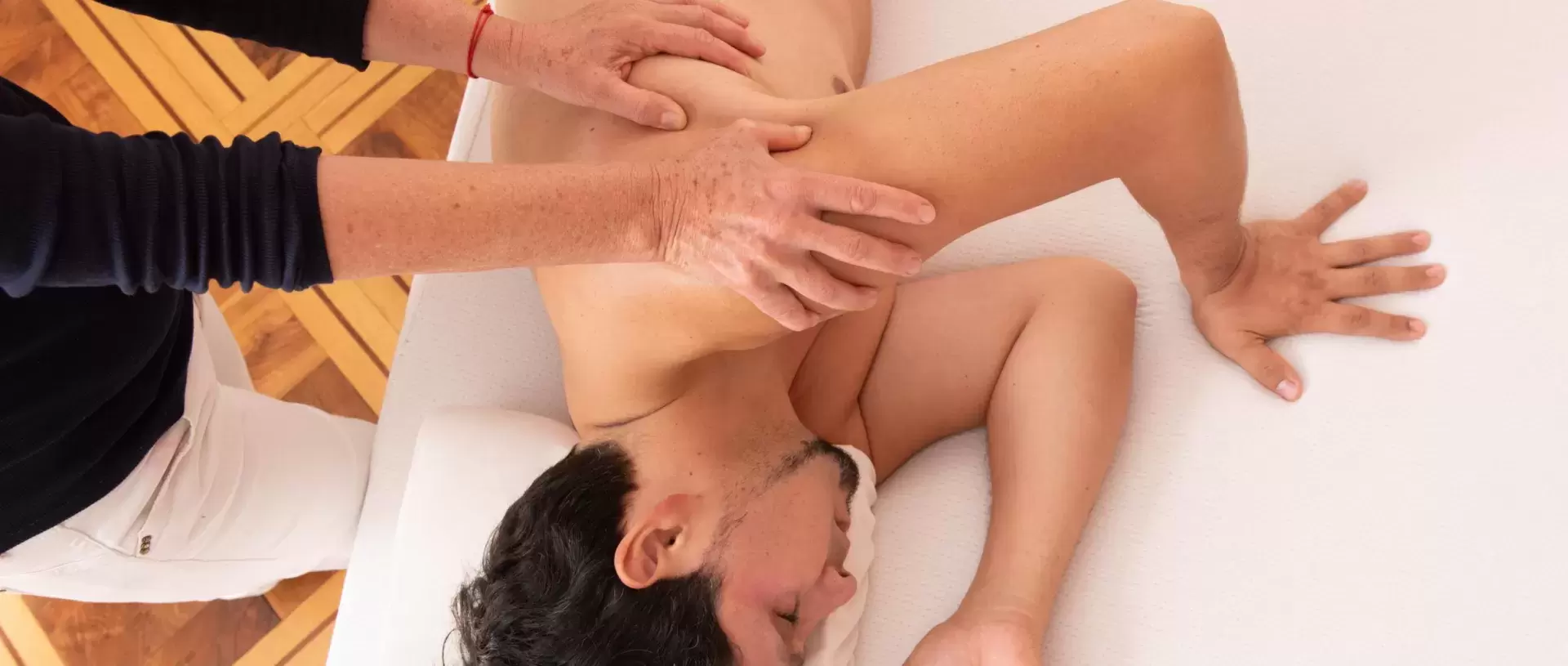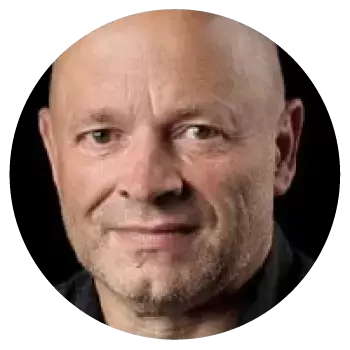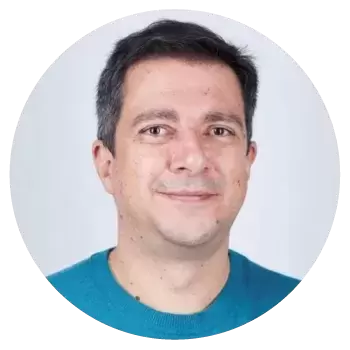European Advanced Rolfing® Training 2022-2023
• A minimum of three years full-time Rolfing practice
• A required amount of Continuing Education credits
• For more details see 'Who this Course is for'
Juan David is an Advanced Rolfer® and Rolf Movement™ Practitioner. He has been teaching for the Dr. Ida Rolf Institute® in Boulder, Colorado,…
Members of the European Rolfing® Association are required to complete the Advanced Training after three to seven years of full-time or equivalent practice. If a Rolfer® elects to complete his/her Rolf Movement™ Certification, then the time is extended to nine years.
The duration of this workshop will take place at two different locations, first at Jonathan Seminal Hotel in Chieming and then at Chisao in Leipzig.
Price Conditions
Registration and down payment of € 500.- required after registration
1. payment until 01.08.2022: 2450 €
2. payment until 05.03.2023: 1950 €
For each ERA-WS-Credit (only organised by ERA Munich) you will get a discount of 10 € - max. 150 € for 15 ERA-WS-Credits.
For all certified Rolfer® with a minimum of three years full-time Rolfing practice; limited practice will be assessed as a half-year only.
Members of the European Rolfing® Association are required to complete the Advanced Training after three to seven years of full-time or equivalent practice. If a Rolfer® elects to complete his/her Rolf Movement™ Certification, then the time is extended to nine years.Certification as a Rolfer®.
18 Continuing Education Credits are required:
- 10 Intermediate Required (manipulation) Credits*, taught by a Rolfing Faculty instructor.
- 5 Movement Credits, taught by a Rolf Movement™ instructor.
- 3 Elective Credits**, taught by an approved instructor.
* Specific mandatory Continuing Education Credits as per the recently published RISI Continuing Education Policy will be required of Rolfers Certifying during or after 2017. All Rolfers who Certified before 2017 will not have to fulfill the Intermediate Required Credit requirement and can substitute the current 9 Manipulation and 3 Internal Motion CE credits instead. Furthermore, any credits taken more than 7 years prior to the planned Training will not be counted as valid CE credits to meet the admission requirements
Please send in this admission check list.
** Elective Credits may also include additional manipulation or movement coursework beyond the specific Intermediate and Movement credits noted above.
If an applicant has not completed the required CE credits for admission to the Advanced Training they may apply for a waiver to the ERA Office. However, before receiving the Advanced Certification every person must have complete all the applicable CE requirements.
FIRST PART in Chieming, Germany: Mon. 19.09. - Fri. 30.09.2022
During the first part in Chieming we will explore the field of Structural Integration, asking the following questions:
- What does alignment in the field of gravity mean for the myofascial layers of the container that shapes the body from outside? How do we refine our abilities ‘to see’ structure and how do we combine that with a refined approach of sensitive palpation?
- What does alignment mean for the ‘contents’ found inside the organism? What does it mean for the single units of the core, when we see the core as a permanent motion of spaces and their subdivisions? Where do core and sleeves overlap? And how are we able to localise the areas of this overlapping, the crossroads of myofascial layers and membranous spaces?
- How do ‘container’ and ‘content’ influence each other to constitute the individual shape and the movement pattern of a person? And how are strain patterns of container and contents related to the biomechanics of the articulations of the spinal vertebrae, the junctions of the ribs and the vertebrae and the articulations of the pelvic bones?
- Aside from the examination of significant details we will keep an eye on the individual structure as a whole, rooted in underlying emotional patterns. For this we will do body reading when we look at alignment and its limitations in terms of curvatures, visible at the outside of the body, and cavities ‘seen’ in the inner dimension of a person.
During the first part in Chieming (Bavaria) we will spend a good deal of the time on practicums. We will study:
- Traditional visual analysis and new palpatory modes of evaluation
- Traditional techniques to be applied to the myofascial structures
- Techniques for intermuscular septa within the extremities
- Techniques for interosseous membranes within the extremities
- Techniques for membranes that shape the inner walls of the trunk’s cavities and sub cavities
The study of this technical catalogue will lead to a practical strategy of a post-ten single session, that we practice with each other.
The learning objectives of the three weeks of training are:
- To arrive at a clear system of analysis before starting treatment by using the traditional visual approach of looking at the body – and a step-by-step palpatory evaluation of the different layers of fascia and membranes
- To use the findings of our analysis to make a clear choice about the main restrictions
- To choose from the technical catalogue to be able to release these main restrictions
- To develop communicative skills to work with the client’s capacity for orientation, and coordination for the client’s most important individual movement activities.
SECOND PART in Leipzig: Wed. 19.04. - Tue. 09.05.2023
While the first part of this class follows a fairly strict schedule, the second part will offer much more time for exploration and improvisation.
We will discuss goals for a series of three Advanced sessions. We will spend some time looking back to the four advanced sessions that Ida originally taught during the 1970s. And we will also pay attention to the series of five advanced sessions that Peter Schwind learned from Emmett Hutchins and Peter Melchior during the early eighties. This course may be characterised by respect for tradition and openness for innovation.
The learning objectives of the second part of the training are:
- To see the goals of the basic ten sessions in a new light and, practically, to do ‘traditional’ Rolfing with less effort
- To recognise clearly the main restrictions within the individual pattern related to all types of fascia
- To do visual analysis and palpatory evaluation in a precise way. That shall guide us to do to a series of three advanced sessions with a model.
- To apply technique in a way that is convincing to the client’s organism, using various modes of touch in a precise and efficient way.









